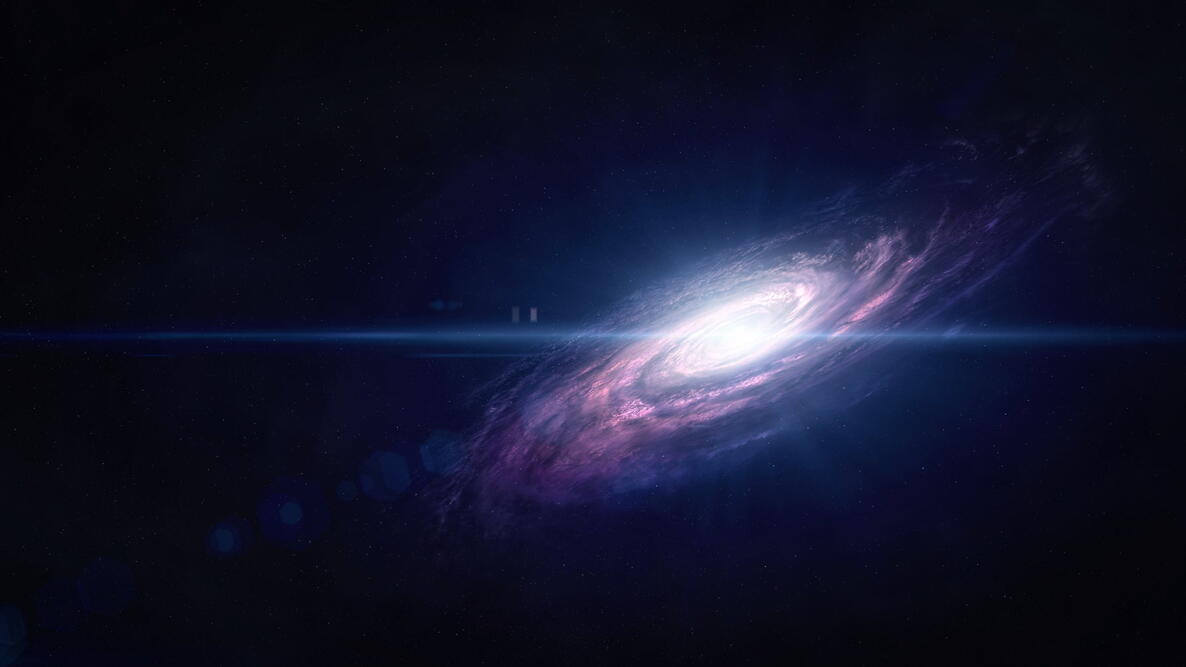
Photo Credit
Buradaki/Shutterstock
Subhead
Weird but True: Fascinating Universe Facts You Probably Didn’t Know
Thank you for this article. I always learn a lot from reading the astronomy articles.
#16 says the red spot on Jupiter floats 5 miles above its surface. I was under the impression Jupiter has no surface.









Comments